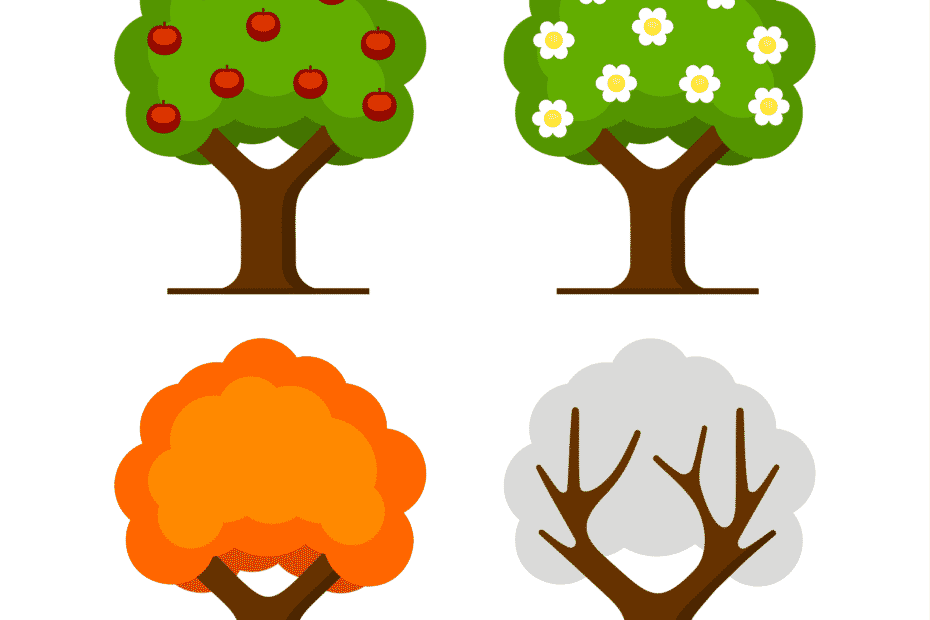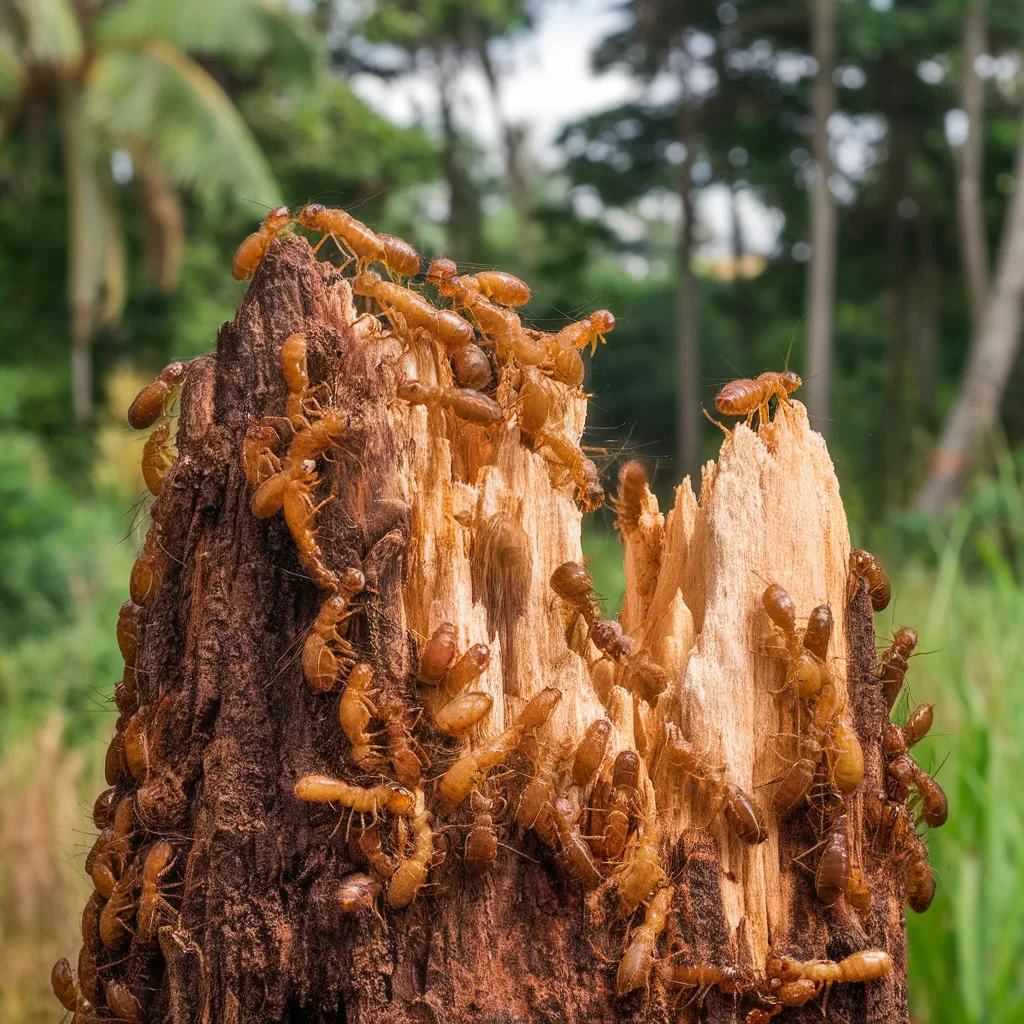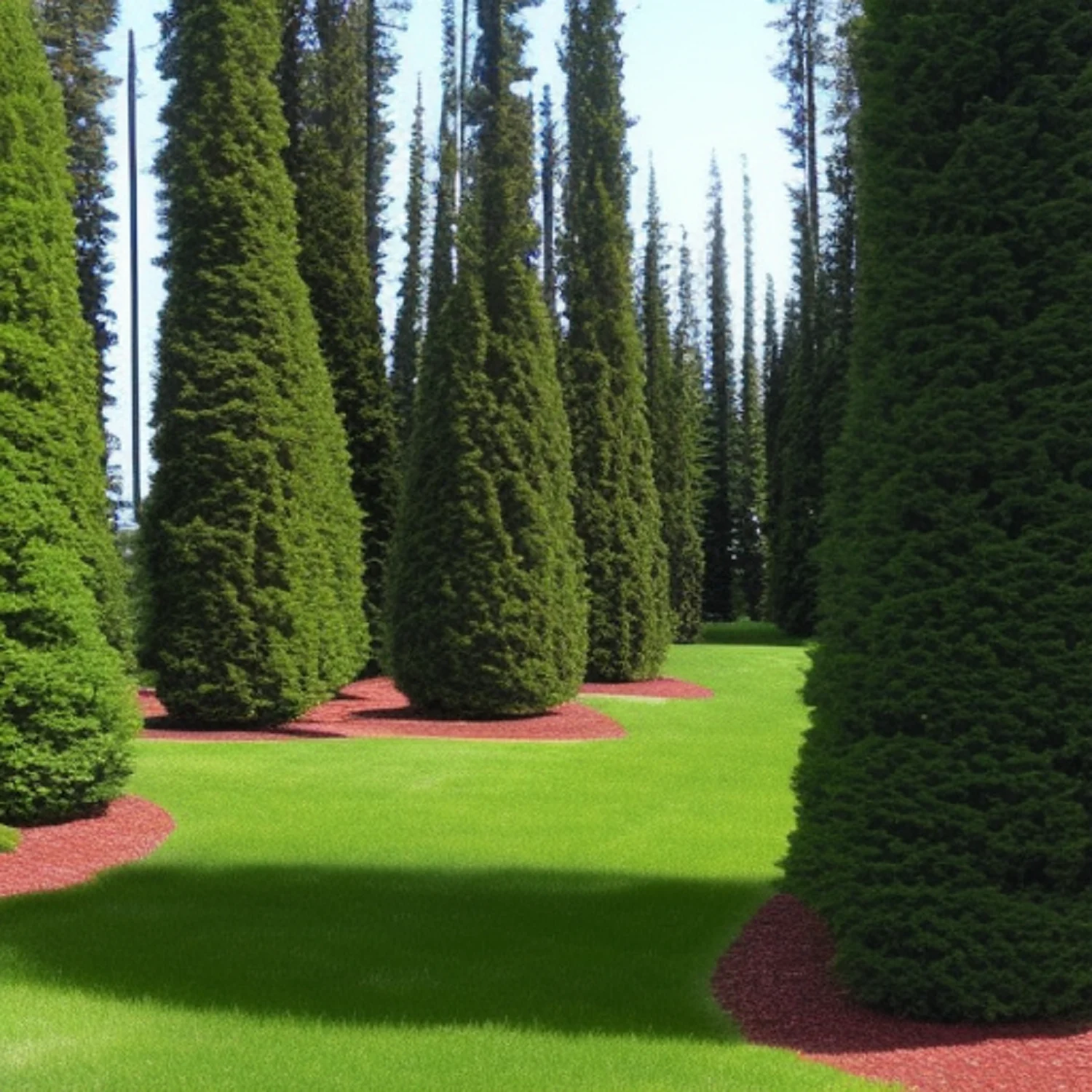Know When To Trim Fruit Trees
If you have fruit trees or bushes in your yard, you know first-hand how wonderful a piece of freshly picked fruit can taste. Taking care of your trees and bushes on a regular basis can ensure that they’ll bear fruit for several years to come. Every spring, it’s the perfect opportunity to get a great start on your season. Different trees and bushes have different requirements, however, and you want to know when the best time is to take care of your different fruit-bearing friends. If you trim too early or too late, you risk damaging the tree or bush, or even taking away what could potentially be perfectly good fruits!
Here are some quick tips on what to do and when, for the trees and bushes you own.
Apple Trees – Anywhere from February to April, you should trim and prune your apple trees before new growth starts.
Peach Trees – From March to late April, prune your trees back before the blossoms begin to show color.
Cherry Trees– From March to April, trim back and prune before the start of new growth.
Plum Trees– In March to early April, trim back before the start of new growth.
Pear Trees – Anytime between February and April, trim back before new growth begins.
Blueberry Bushes – From March to middle of April, trim back before new growth begins.
Grape Vines – Cut back anywhere from March to early April before new growth begins.
Black raspberry bushes – From March to early April, before new growth begins, prune to a length of 10-12 inches, and for a less vigorous bush, trim down to 4-6 inches. From late May to late June, thin the new shoots and cut back to 24-30 inches from the ground. From July to August – remove old fruiting canes right after harvest.
Summer Red Raspberry bushes – From March to early April, prune before any new growth starts. Thin canes to 8-10 per row, removing any weak canes or ones that were damaged or killed over the winter. From July to early August, remove old fruiting canes after harvest.
It doesn’t take a lot of time or effort if you trim back or prune on a regular basis. This allows your tree or bush to direct the most amount of effort to go directly to your fruits. For more information, check out this in-depth article from the University of Maine.
Removing old, dead, or damaged limbs and vines is the best way to go for the health of your trees or bushes.




